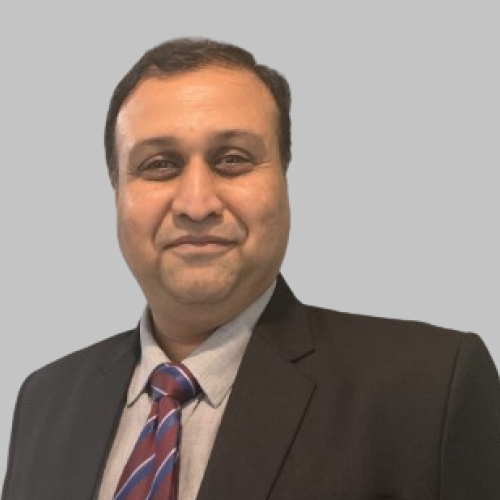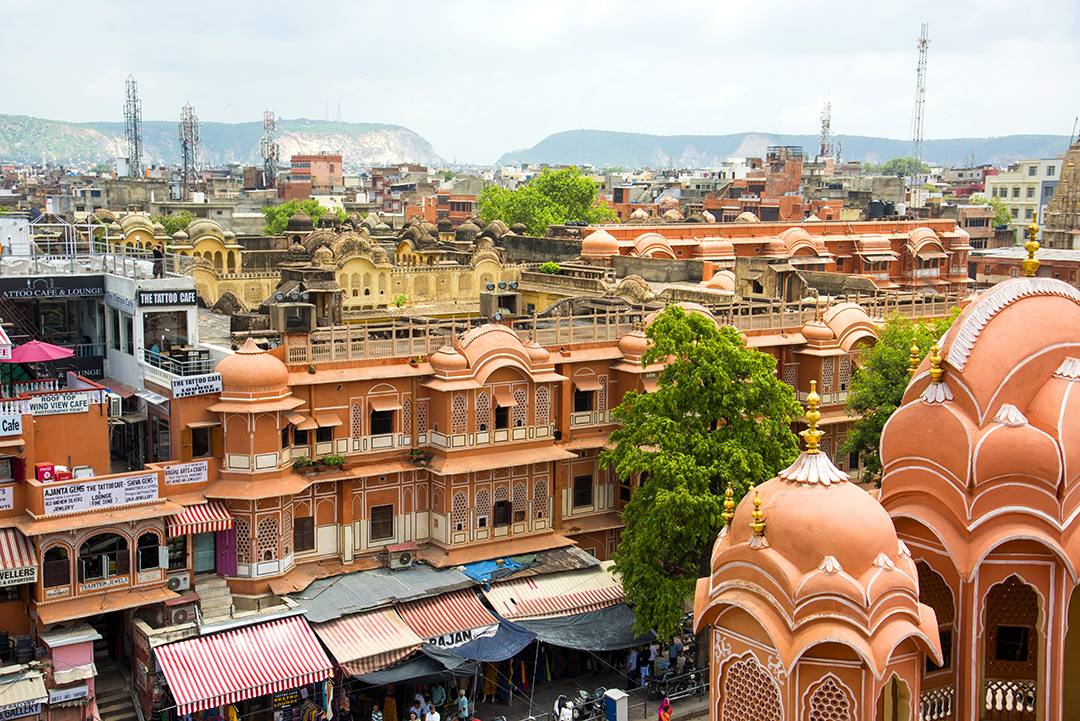As digital services surge in India’s heartland, smaller towns have emerged as the new frontier for data center development.
There’s more to India’s data center market than the glitzy metros of Mumbai, Chennai, Hyderabad, Delhi NCR, and Bangalore. Digital services are being consumed in Meerut, Cuttack, Haridwar, Darjeeling, and Bhopal too. This necessitates the deployment of reliable digital infrastructure in the heart of India.
But what will a data center look like in these parts of the country, especially given concerns surrounding scalability and sustainability?

India’s tech-savvy heartland
Even today, nearly three-quarters of India’s population lives in non-metropolitan areas such as tier II and III cities, semi-urban and rural areas. In fact, by some estimates, rural India could be home to two-thirds of Indians. But even these citizens are consuming data on par with their metropolitan counterparts.
With the ubiquity of affordable smartphones, Indians are using digital services at record rates. Today, even villagers are using online services for everything from checking weather forecasts, to maritime and agricultural advice, buying and selling farm produce, tele-medicine, e-governance, and net banking. And then there are the many social media apps that have given voice to the small-town influencer.
This is why data centers are needed even in the heartland. Does this mean we will have to design data centers differently? Do we need a comprehensive deployment plan? The demand will only grow, so these facilities need to be flexible and adaptive.
But, what exactly is an adaptive data center in the context of an ever-changing digital landscape in a country like India?
“An adaptive data center is not merely a facility that can scale; it is an intelligent ecosystem that can reconfigure itself dynamically to meet changing demands while maintaining optimal efficiency, reliability, and sustainability,” says Surajit Chatterjee, Managing Director & Head, Data Centres – India, CapitaLand Investment. “This concept goes beyond traditional notions of flexibility to embrace continuous evolution as a core design principle.”
Some upcoming non-metro data center markets
At present, several large and small data center companies have invested in facilities in places like Patna in Bihar, Indore in Madhya Pradesh, Jaipur in Rajasthan and Lucknow in Uttar Pradesh. It is noteworthy that these states until recently bore the ignominy of being labeled as BIMARU (an acronym that sounds like the Hindi word for sick or unwell) states given decades of economic stagnation. But with increased globalisation, change becomes inevitable.

Now, Rackbank has made Indore its home base, and is also investing in an AI data center park in Raipur, Chhattisgarh. This project is being built at an initial investment of Rs 1,000 crores, and will come up on 13.5 acres of land. Construction will span 4 phases, with initial capacity of 80MW in Phase 1, which will be scalable to 160MW in Phase 4.
Meanwhile, Yotta Data Services already has Yotta G1, a 2MW cloud data center, up and running in GIFT City, an upcoming global digital hub in Gujarat. Another major player, CtrlS Datacenters, has invested in edge facilities in Patna and Lucknow.
Data centers are also being built in Mysore, Coimbatore, Bhubaneshwar and Vizag. Some are planned as hyperscale facilities, some are edge data centers, some are even being built in shipping containers. Small modular reactors are being considered as power sources, indicating the growing consciousness surrounding decarbonization.
The heartland gets a billion-dollar glow up

Readers would recall that earlier this year, Techno Digital Infra Pvt. Ltd., the wholly owned digital infrastructure arm of Techno Electric & Engineering Company Ltd. (TEECL), had announced plans to develop hyperscale and edge data centers totaling 250MW across India, backed by an ambitious investment plan worth US$ 1 billion. The company has also entered into a partnership with RailTel Corporation of India, a public enterprise under the Ministry of Railways, to build 102 edge data centers across the country. This project aims to bring low-latency computing closer to users in Tier II and Tier III cities.
“For me, an adaptive data center is more than just physical infrastructure, it’s a living engine of digital transformation that evolves continuously to meet changing demands,” says Amit Agrawal, President, Techno Digital. “Realizing this vision requires close partnership with local communities, investment in skilled talent, and a commitment to energy efficiency and operational resilience. Our hope is to build centers that are not only scalable and sustainable but also drive regional growth and unlock new opportunities for millions.”
Data centers as public utilities
Readers would recall that in 2016, the UN Human Rights Council had released a non-binding resolution condemning international disruption of the internet by governments. Many countries in the EU have passed various legislations granting their citizens the right to access the internet, some have even recognised it as a basic human right.
In India, while the Right to Internet has not been officially declared a fundamental right, the importance of internet access has been recognised by courts across the nation, especially in the context of the fundamental right to freedom of speech and expression, as well as the right to access government services, welfare schemes and benefits.

In light of this, one wonders if in the near future data centers would become as common as utility poles and post boxes of yesteryears. Data center industry veteran Sandeep Dandekar certainly thinks so.
“Through the last fifteen odd years, we moved from a few bulky telephone exchanges and wired landlines to millions of mobiles connected everywhere through 100-s of towers. Data centers will most certainly follow the same trajectory,” feels Dandekar. “From today’s massive, centralized facilities, we are moving toward a ubiquitous fabric of nano, micro, and metro-scale nodes — as common as mobile towers, yet infinitely smarter. They won’t just store and serve; they will sense, decide, and power human life in real time,” he explains.
“Just imagine – could a driverless car run safely through an Indian town say a 1,000 kilometers away from a metro city without such a deep penetrated digital backbone?” he asks, giving an example of a technology that is actively developing across the world. “The data center of the future is no longer only a huge building in large cities but; it will be the civic utility pulsing through the hub and spoke connecting every city, town, and highway – as vital as air and electricity.”
So even if you were traipsing between metros in the above mentioned driverless car, you will pass through the heartland, and this is where we need to build a robust and reliable ecosystem of adaptable digital infrastructure.
The future doesn’t lie in the pages of fiction. The future is here. It is unfolding as we speak – not only in the cyberpunk cities of China, the technology hubs of the Middle East, or the cobblestone streets of Europe, but also in the town squares across India’s heartland, a part of the world that can no longer be left underserved.
**This piece first appeared in Issue 10 of W.Media’s Cloud & Datacenters magazine. Click the image below and head to page 14-15 to read the story.



